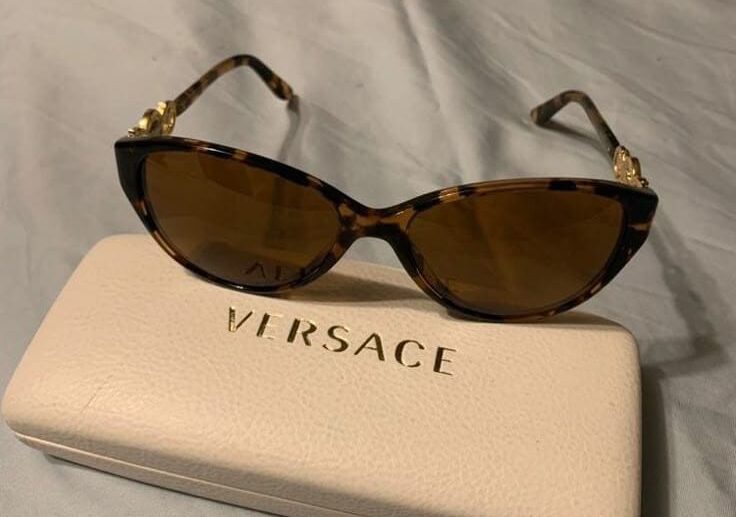
Bridal attire is a stunning representation of both changing fashion trends and cultural variety. Bridal gowns, from the elaborate lehengas of India and Pakistan to the traditional white gowns of the West, represent custom, festivity, and fresh starts. Future bridal wear is being shaped by contemporary trends like customization, minimalism, and sustainable fashion as the fashion industry develops. Bridal dress highlights the originality of each bride and the beauty of cultural diversity, whether it is embodied through a minimalist gown in the United States, a vivid aso-oke in Nigeria, or a traditional kimono in Japan.
Indian and Pakistani bridal fashion
India
Indian wedding dresses are well-known for their lavishness, vivid hues, and elaborate decorations. The lehenga choli is a classic Indian bridal gown that consists of a long skirt called lehenga, a fitted top called choli, and a shawl called dupatta. Every Indian area offers a unique take on bridal wear, using distinct materials, hues, and decorations.
North India: Zari (gold thread) embroidery, sequins, and crystals abound on lavishly embroidered lehengas that are worn by brides in deep hues like crimson, maroon, and gold. Red is regarded as lucky and represents wealth and happy marriage.
South India: Silk sarees, frequently in hues of red, gold, or green, are the traditional garment worn by brides. The Kanjeevaram saree, renowned for its luxurious silk fabric and elaborate gold borders, is a well-liked option when worn with chunky gold necklaces, bracelets, and earrings from temple collections.
West India: Brides wear the ghagra choli, also known as the Panetar and Gharchola sarees, which are renowned for its vivid colors and mirror work, in Gujarat and Rajasthan. In this area, bandhani, or tie-dye, is also very common.
East India: Bengali brides customarily don red or maroon Banarasi sarees with elaborate gold zari embroidery draped in a certain way, frequently accessorized with a red and white bindi on the forehead.
Pakistan
The traditional bridal attire in Pakistan is the sharara or gharara, worn with a long kurta and a dupatta. The country’s wedding fashion is likewise extravagant and varied. In Pakistan, zardozi, or metallic embroidery, and stone work are common elements of bridal wear.
Punjab: Vibrant lehengas or shararas with elaborate embroidery in tones of red, maroon, and gold are commonly worn by brides. Often, the dupatta is worn over the head and intricately embroidered.
Sindh: Brides accessorize their vibrantly colored lehengas with traditional jewelry and elaborate mirror work and embroidery using Bandhani (tie-dye) textiles.
Balochistan: Bridal gowns from this region are renowned for their vivid colors and distinctive embroidered designs. Bridal gowns feature long sleeves and are accessorized with elaborate jewels and shawls.
Khyber Pakhtunkhwa: This region’s brides frequently don richly colored, intricately embroidered lehengas or shararas, along with traditional jewelry and a dupatta.
Bridal Dresses in Western Nations
Canada and the United States
The white wedding gown, made famous in the 19th century by Queen Victoria, is the typical bridal attire in Western nations like the United States and Canada.
Styles: A-line, ball gown, mermaid, and sheath are just a few of the styles available for bridal gowns. Different body shapes and personal preferences are catered to by the distinct silhouettes offered by each style.
Fabrics: Satin, lace, tulle, and chiffon are typical textiles. Because of its delicate and romantic appearance, lace is especially attractive.
Trends: Off-the-shoulder gowns, simple patterns, and dresses with elaborate lace embellishment are examples of contemporary trends. Another big trend is customization, as many brides choose to have dresses made just for them, reflecting their own styles.
Europe
White gowns are the standard in European bridal fashion, which is renowned for its grace and sophistication. But every nation contributes distinctive features to bridal designs.
France: Chic elegance is synonymous with French bridal fashion. Designers such as Dior and Chanel are renowned for their exquisite and elegant gowns, frequently crafted from silk and lace embellished with intricate embroidery.
Italy: Extravagance and meticulousness define Italian bridal style. Designers such as Valentino and Versace produce elegant and classic dresses with a lot of beading and embroidery.
United Kingdom: Bridal fashion in Britain combines vintage and contemporary styles. A-lines and ball gowns are still common forms, but modern and minimalist styles by designers like Alexander McQueen and Jenny Packham are still in demand.
Japan’s Bridal Fashion in Asia
The beautiful fusion of modernity and tradition is seen in Japanese bridal wear. Kimonos are traditionally worn by Japanese brides.
Shiro-muku: A customary white kimono worn during the nuptials that represents chastity and fresh starts.
Iro-uchikake: A vibrant, elaborately embroidered kimono, typically in gold or crimson, worn over the shiro-muku.
China
The qipao, also known as the cheongsam, is the traditional bridal gown in China. It is typically worn in red and represents luck and happiness.
Qipao: A tight-fitting garment with side slits and a high neck that is often made of silk and elaborately embroidered.
Western Influence: A lot of Chinese brides dress in white gowns inspired by the West for the wedding ceremony then switch to qipaos for the reception.
Korea
Both traditional and Western designs have an influence on South Korean bridal attire.
Hanbok: The traditional bridal attire consists of a high-waisted skirt (chima) and a short jacket (jeogori), which are frequently fashioned of silk with elaborate embroidery and vivid colors.
Western Gowns: To show the impact of Western culture, many brides choose to wear white gowns in the Western style for their wedding rituals.
Middle Eastern Bridal Fashion
Saudi Arabia
Saudi wedding attire combines modern and traditional styles.
Traditional attire: The thawb, a long, flowing gown with elaborate embroidery and beads crafted from opulent materials like silk, is the traditional bridal attire.
Western impact: In keeping with Western cultural impact, a lot of brides choose to wear white gowns in the Western style for their wedding ceremonies.
Iran
Iranian bridal wear consists of the traditional hijab, a long, flowing dress that covers the whole body and is fashioned from opulent materials like silk and beaded and embroidered with exquisite detail.
Western impact: In keeping with Western cultural impact, a large number of Iranian brides dress in white wedding gowns in the Western manner.
Bridal Fashion’s Current Trends
Designers are combining creativity and tradition to create one-of-a-kind gowns that speak to the individuality of each bride in the modern bridal market.
Adaptation
Brides are choosing to have their gowns customized to fit their own tastes and styles, which is a major trend in customization. Personalized embellishments, distinctive fabric selections, and specially designed gowns are all examples of this.
Simpleness
Due to their simple silhouettes, clean lines, and subtle grace, minimalist bridal gowns are becoming more and more fashionable. This tendency shows that people are becoming more and more drawn to elegance and simplicity.
Eco-friendly Style
Designers and brands are starting to prioritize environmentally responsible techniques, which is how sustainable fashion is making its mark. Use of recycled and organic materials, moral production methods, and an emphasis on waste minimization are some examples of this.










